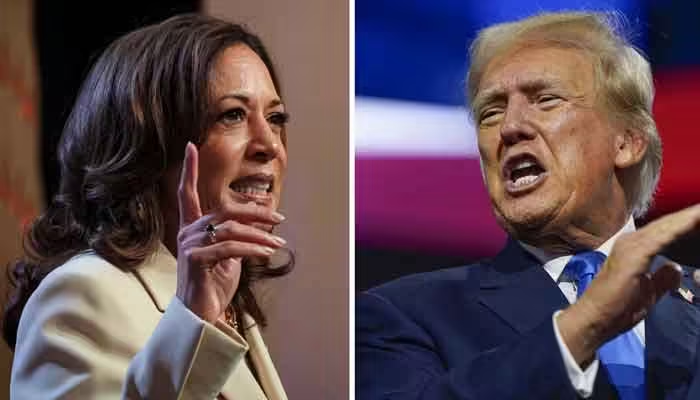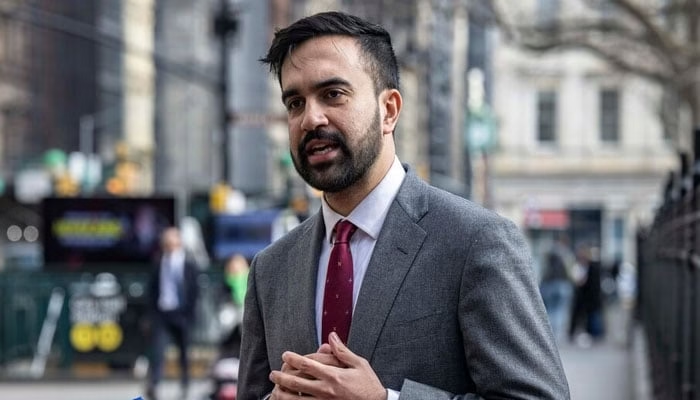With less than two weeks remaining until the U.S. presidential election, the race between Democratic candidate Kamala Harris and Republican candidate Donald Trump is turning into one of the closest and most uncertain contests in American history. Despite intense campaigning and rallies across the nation, political analysts and polls are unable to make clear predictions about who will emerge victorious on election day.
Kamala Harris, who has become the first female candidate to run for president from a major party, has adopted a unique strategy. She is actively seeking support from Republican leaders who are opposed to Trump, hoping to attract voters dissatisfied with his leadership. This outreach to disgruntled Republicans could prove pivotal in the final days leading up to the election.
A Tight Race with No Clear Winner
According to the latest polls, conducted as recently as October 21, there is a razor-thin margin between the two candidates. In many states, the difference in popularity between Kamala Harris and Donald Trump is just 1%. For example, in one state, Trump holds 49% of the vote while Harris trails with 48%. In another, Harris holds the lead at 49%, with Trump just behind at 48%. This close contest has left the outcome of the election in doubt.
Political pundits have pointed to the fact that neither candidate has a clear lead, with both campaigns pulling out all the stops in the final days. Rallies, town hall meetings, and aggressive outreach to undecided voters are happening at a frantic pace, but even with all this effort, no clear picture has emerged about who will secure the majority of votes.
The seven so-called “Battleground” states—Michigan, Pennsylvania, Wisconsin, Georgia, North Carolina, Nevada, and Arizona—will likely play a decisive role in determining the winner of this election. These states are known for being swing states, where both candidates have strong support, but where voter preferences can shift dramatically in the final days before the election.
Popularity in the Battleground States
In these critical battleground states, the margin between Harris and Trump remains incredibly small. Arizona, for instance, is showing 50% support for Trump and 48% for Harris. Michigan, Pennsylvania, and Wisconsin have similarly tight margins, with both candidates neck and neck in voter support.
Given how close the race is in these states, it’s no surprise that both campaigns are shifting strategies in an attempt to win over key voters. Donald Trump, for example, has been focusing heavily on his image as a man of the people, even going so far as to stage a publicized visit to a local restaurant where he wore an apron and pretended to serve customers. This event was part of his effort to appeal to working-class voters, who played a key role in his victory in 2016.
Kamala Harris’ Strategy: Reaching Across the Aisle
Kamala Harris, meanwhile, has opted for a different approach. Understanding the importance of winning over undecided voters and disaffected Republicans, she has shifted her focus to courting influential Republican leaders who oppose Donald Trump’s policies. By reaching out to these Republicans and positioning herself as a unifying figure, Harris hopes to broaden her appeal and win support from moderate voters who might be wary of another four years of Trump’s administration.
Harris’ strategy of reaching out to Republicans comes at a crucial moment. With the race so close, even a small shift in voter preference could have a major impact on the outcome. By securing the backing of Republicans who are dissatisfied with Trump’s leadership, Harris could potentially sway enough voters in key battleground states to tip the election in her favor.
A Nation Divided
The deep divide between Trump and Harris supporters reflects a broader polarization in American politics. Trump’s base is loyal and energized, while Harris has been successful in rallying Democratic voters around issues such as healthcare, climate change, and racial justice. However, with both sides so evenly matched, the final outcome will likely depend on which candidate can convince a majority of voters in battleground states that they are the best choice to lead the country.
In addition to the typical campaign strategies, both candidates are making use of social media, televised debates, and grassroots organizing efforts to get their message out to as many voters as possible. As the election day approaches, the campaigns are expected to intensify their efforts, with both sides hoping to win over undecided voters and secure a majority in the Electoral College.
A Historic Election
This year’s U.S. presidential election is shaping up to be one of the most unpredictable in recent memory. With Kamala Harris and Donald Trump locked in a dead heat, the outcome will likely come down to the results in a handful of battleground states. As both candidates continue to adjust their strategies and fight for every vote, it’s clear that this election will go down to the wire.
Whether it’s Kamala Harris’ outreach to Republicans or Donald Trump’s populist appeal to working-class voters, the strategies employed in these final days will be critical in determining who wins the White House. The American people will soon decide, but for now, the race remains too close to call.



